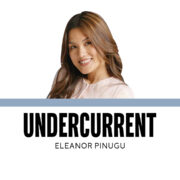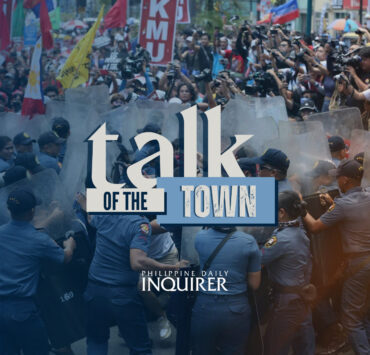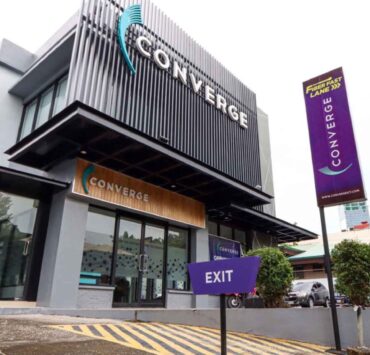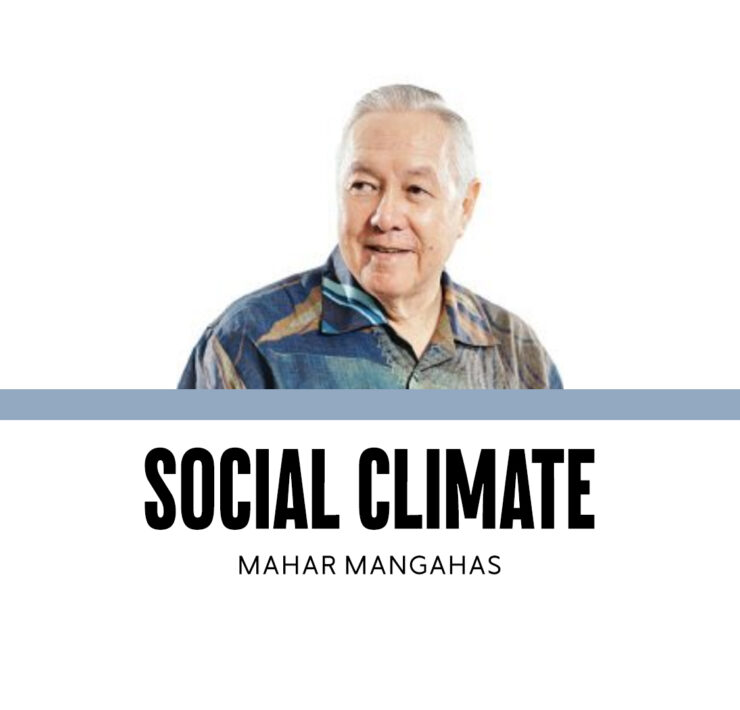Electoral polling season
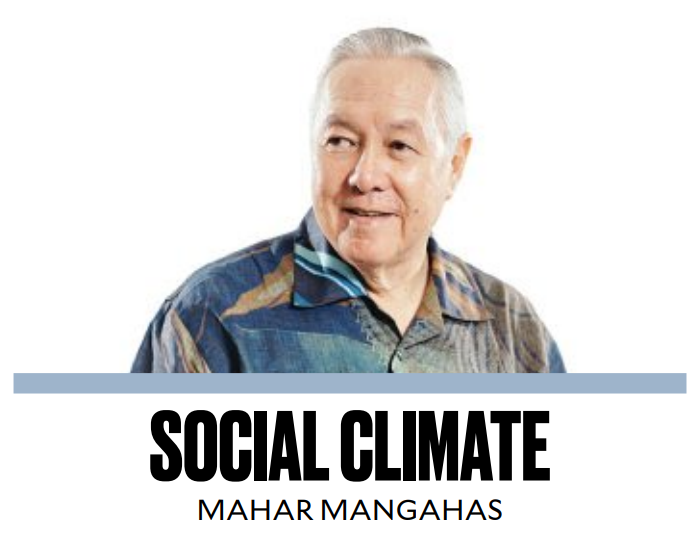
In five consecutive United States presidential elections, from 1916 to 1932, the popular magazine Literary Digest had correctly predicted the winner by counting ballots sent by their readers using an enclosed postal card. Then, in its Oct. 31, 1936 issue, it predicted, on the basis of 2.4 million returned postcards, that Republican candidate Alfred Landon would win, with 57 percent of the popular vote.
On the other hand, George Gallup predicted, based on his final survey ending on Nov. 1, 1936, using a sample of about 50,000, that Democratic candidate Franklin Roosevelt would win re-election, with 54 percent. The actual result of the Nov. 3 election was that Roosevelt won, and got 62 percent.
The Literary Digest folded up; Gallup prospered. This is the story of how scientific social survey research came of age 88 years ago. It led to the acceptance of sample surveying in all social sciences, not only political science. Democracy, and fairly conducted elections, provided the opportunity to demonstrate the validity of statistical science to one and all.
In the United States: last two months before the presidential election. Last Sept. 10 (Wednesday morning in Manila), I watched Democratic candidate Kamala Harris wipe the floor with Republican candidate Donald Trump in their first (and perhaps only) debate.
Trump’s citation of Hungarian autocrat Viktor Orbán as the world leader who admires him was pathetic. His warning about immigrants to Ohio eating their neighbors’ cats and dogs was weird—and then he complained that the moderators were fact-checking him only, and not Harris. Most telling of all, to me, was his sudden, unexpected, appearance at the “spin room” immediately afterward, obviously trying to make up for his poor showing in the debate.
Winning the debate is not the same as winning the election. Harris’ debate performance will definitely get her better known to the electorate (she was formerly at 70 percent versus Trump’s 90 percent), and will surely help. She continues to have a slight, 2+ percent, lead in the national vote, which is approximately a tie in the electoral vote (see “Polling, modeling, forecasting,” 8/31/24).
What she needs is a popular lead of at least 4 percent by election day. But it will take about a week for high-quality post-debate polls to be completed. I recommend following pewresearch.org, abcnews.go.com, and Nate Silver’s Silver Bulletin.
According to Pew’s last poll before the debate, Trump’s key advantage is on the economy, while Harris’ lead over him on abortion is its mirror image. Harris holds sizable leads over him on several personal traits and characteristics, and Trump’s advantage on “mental sharpness” has disappeared (“In tied presidential race, Harris and Trump have contrasting strengths, weaknesses,” pewresearch.org, 9/9/24).
In the Philippines: last month before filing candidacy for the 2025 election. Here at home, Sept. 1-28 is set by the Commission on Elections as the period to select candidates for the May 12, 2025 election. The filing of certificates of candidacy, nomination, and acceptance is set for Oct. 1-8.
Before Oct. 8, prospective election candidates need data by which to gauge their chances of winning. This means not only their own name-recognition, favorability ratings, etc., but also the same data about their opponents—even before they can be sure of who their opponents will be, and will therefore have to guess. Now is the time that candidates need surveys that explore alternative match-ups or scenarios; the first week of October will be their “go-no go” decision.
There are candidates who postpone running for one, two, or even three elections, all along doing surveys, until they see the right time to formally enter a contest. Remember the 2004 presidential election, when Gloria Macapagal-Arroyo disposed, early on, of one of her strongest rivals, Noli de Castro, by offering him to be her running mate?
An electoral survey will carry many more items than the intention to vote, for use in the campaign. It will analyze the SWOT—strengths, weaknesses, opportunities, and threats—situation, not only for the candidate of the survey sponsor but also for all the other contenders for the position. It may be easy to guess what the SWOTs are; but not so easy to evaluate their relevant importance to the voters. Most important is to have as complete a list of candidate qualities as possible, so as not to be caught by surprise.
A survey is capable of testing both positive and negative campaign messages. The legality of actually spreading the messages—suppose they are lies?—is a separate issue for campaigners—not researchers—to deal with. The world association and the Philippine society of opinion researchers both have codes of professional ethics. In any case, a sample survey for message testing is too tiny to meaningfully reach the electorate. A survey is a LISTENING device, not a BROADCASTING device.
In the Philippines—as in the US and most democratic countries—there is complete freedom to publish a survey of voting intentions anytime before an election, as well as freedom to conduct and publish an exit poll on how the people actually voted after casting their votes. These freedoms are included in the constitutional guarantee of free speech, as specifically ruled by the Supreme Court.
mahar.mangahas@sws.org.ph
Dr Mahar Mangahas is a multi-awarded scholar for his pioneering work in public opinion research in the Philippines and in South East Asia. He founded the now familiar entity, “Social Weather Stations” (SWS) which has been doing public opinion research since 1985 and which has become increasingly influential, nay indispensable, in the conduct of Philippine political life and policy. SWS has been serving the country and policymakers as an independent and timely source of pertinent and credible data on Philippine economic, social and political landscape.













